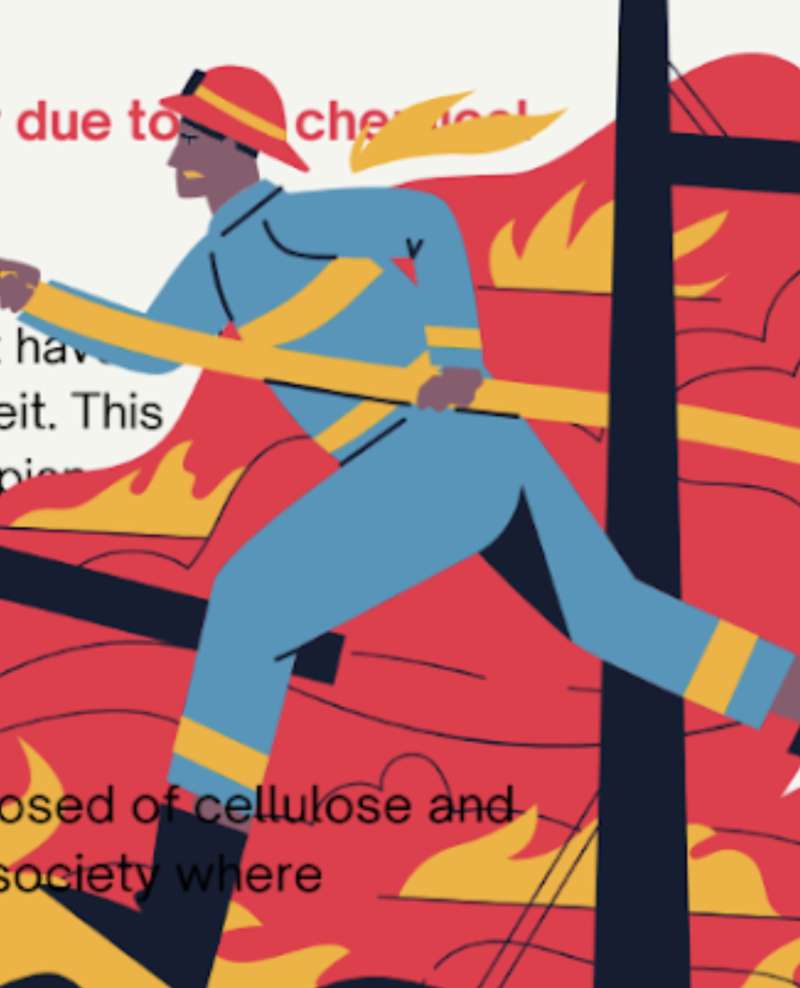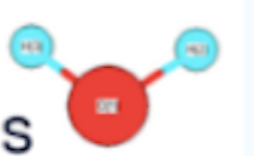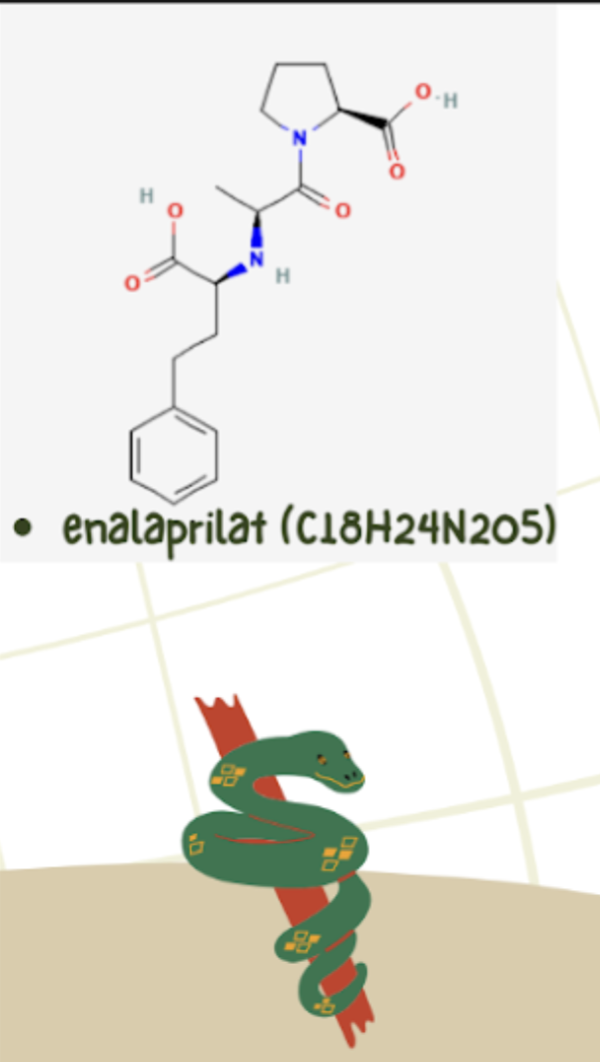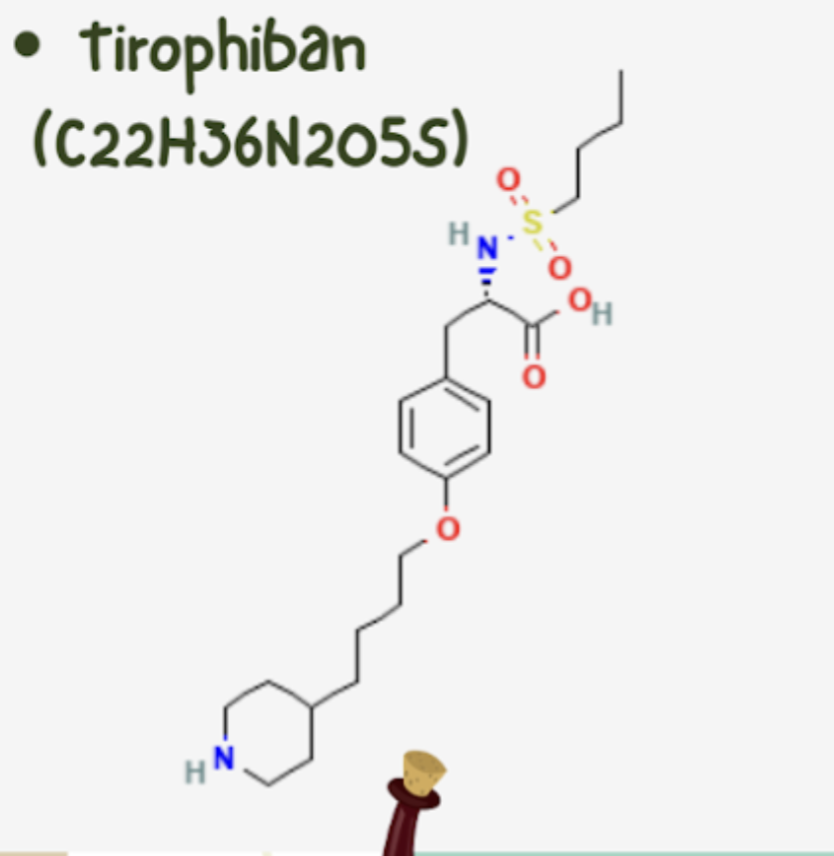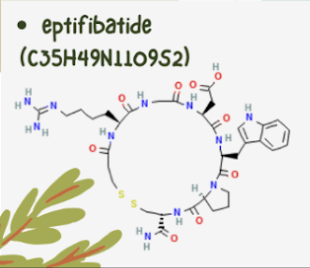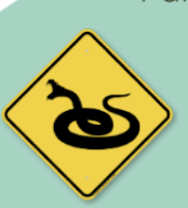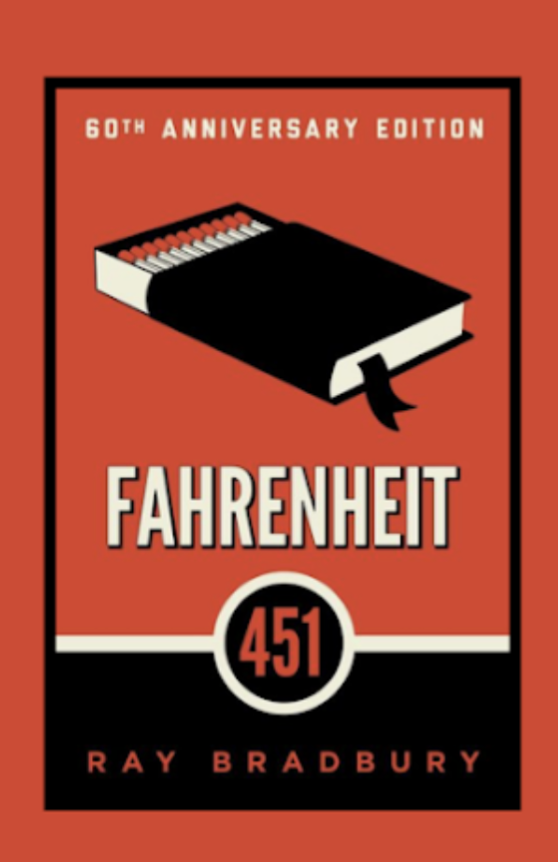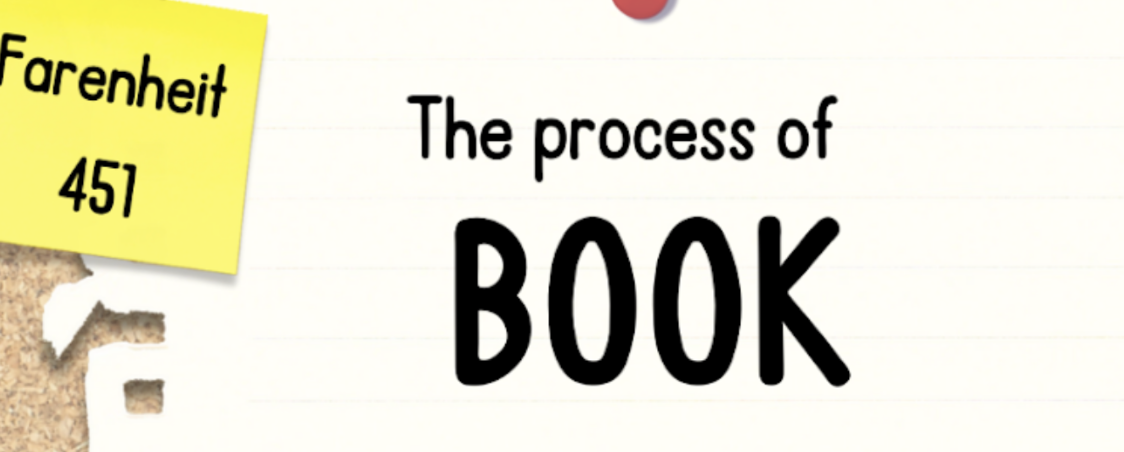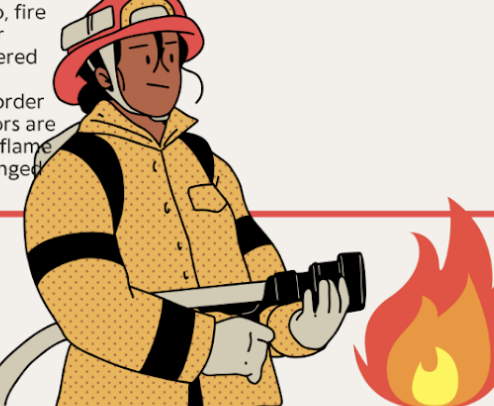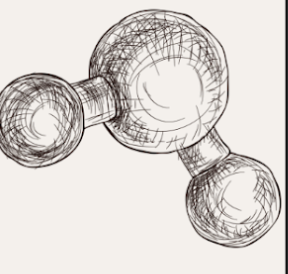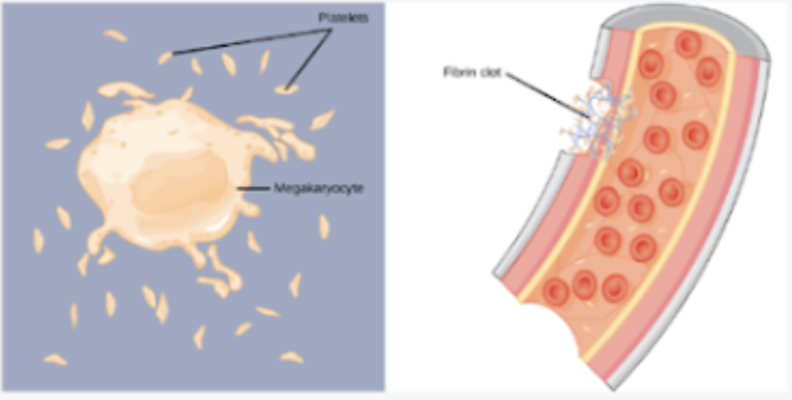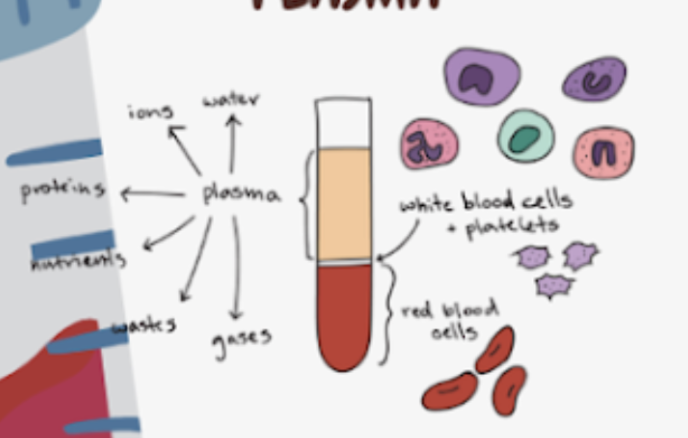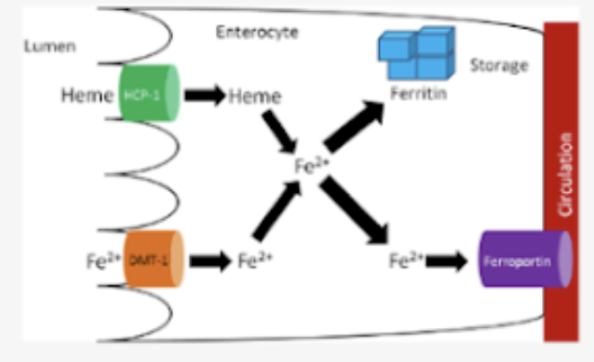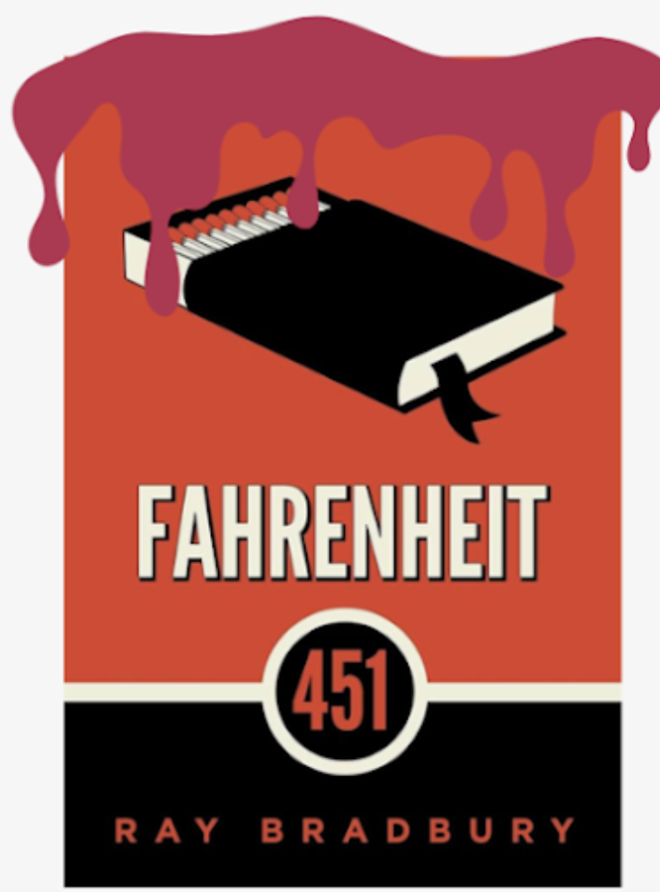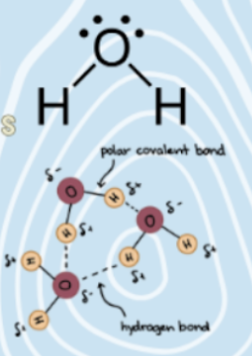Blood
Blood symbolizes life, vitality, death, and alienation.
1) The key components of blood are basically Plasma(55%) and Cellular Components (459). The key components of Plasma include water, proteins(Albumin, Globulins, Fibrinogen), electrolytes(Sodium, Potassium, Calcium, Magnesium, Chloride, Bicarbonate, Phosphate),
Nutrients(Glucose, Amino Acids, Fatty Acids, Vitamins), waste products (Urea, Carbon Dioxide)and hormones. The cellular components of blood include red blood cells(Erythrocytes), white blood cells(Leukocytes) and Platelets(Thrombocytes).
2) Hemoglobin makes blood look red. It is a complex protein found in red blood cells.
3) Blood symbolizes the human essence, life and vitality in his novel. It also symbolizes the rebirth of the protagonist Guy Montag who tries to find the truth of life and emotional intensity.
4) Montag's intellectual and emotional transformation metaphorically mirrors metabolic changes. When Montag experiences a rush of blood or a beating heart stand in stark contrast, he confronts awakening of true feelings.
5) Quote "This machine pumped all of the blood from the body and replaced it with fresh blood and serum" (Bradbury 12).
Blood is a symbol of life/vitality and death/alienation. It's also connected to the inner awakening and intellectual rebirth of characters of novel such as Montag. In the quote above Montag's wife receives a blood transfusion. It embodies multiple layers of symbolism, particularly reflecting on modem society's alienation (death), and the potential for human nature's recuperation related to vitality.
6) Yes. The novel's primary focus is on the dangers of censorship and the quest for knowledge. I was able to understand the theme of the story due to the chemical analysis related to symbols such as blood, fire, light, etc.
7) Mankind has always possessed a quest for the knowledge.
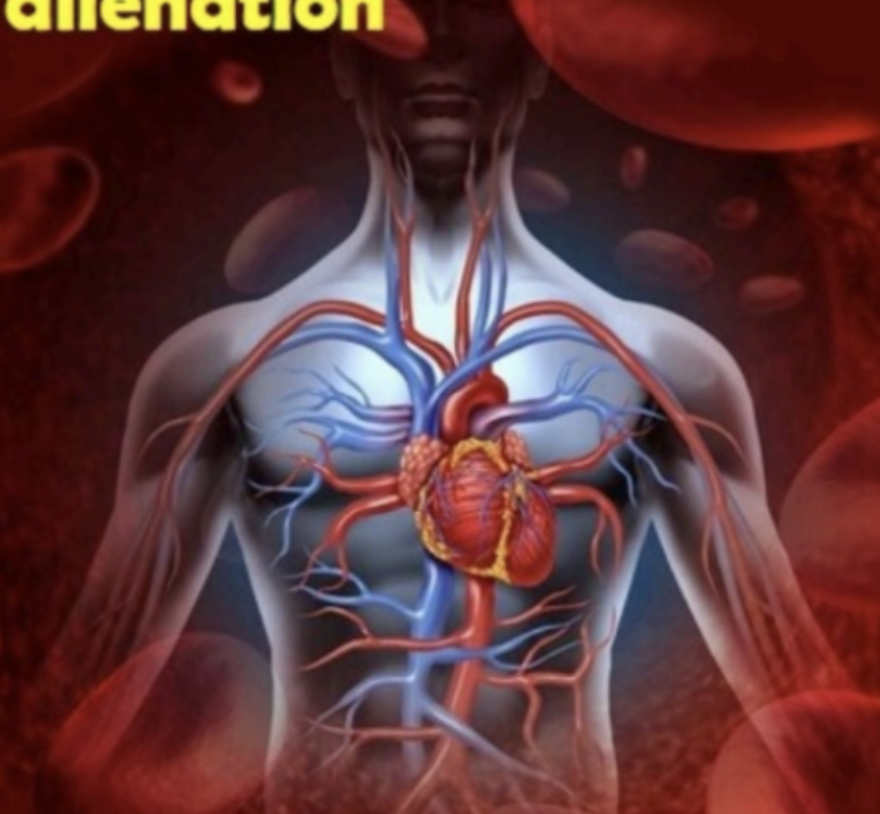
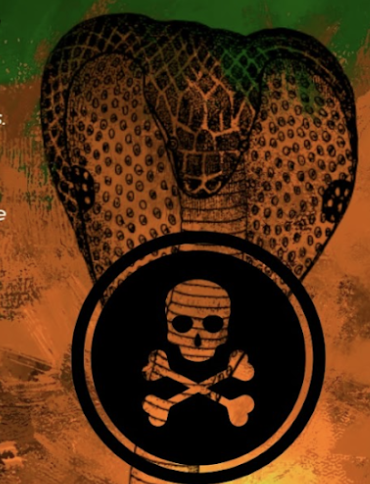
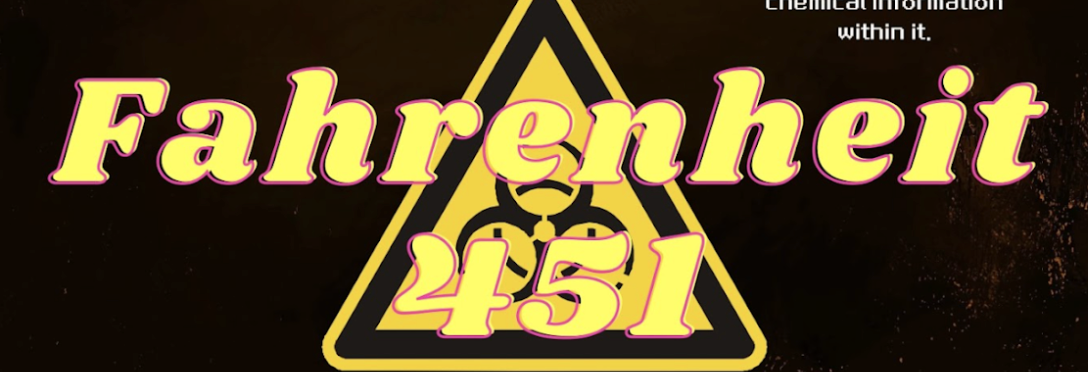
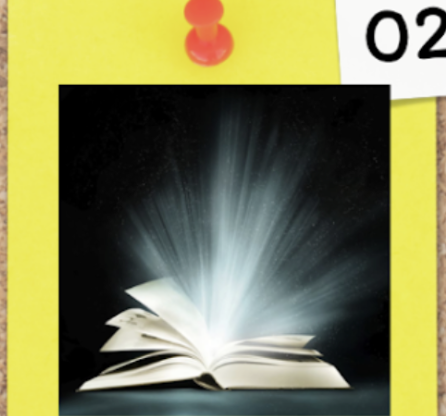 In "Fahrenheit 451," light symbolizes knowledge and enlightenment, reflecting its scientific properties as an illuminating force. The pursuit of knowledge in the novel parallels the scientific quest for understanding, while characters grapple with the consequences of embracing or rejecting enlightenment, mirroring broader societal themes explored by Bradbury.
In "Fahrenheit 451," light symbolizes knowledge and enlightenment, reflecting its scientific properties as an illuminating force. The pursuit of knowledge in the novel parallels the scientific quest for understanding, while characters grapple with the consequences of embracing or rejecting enlightenment, mirroring broader societal themes explored by Bradbury. The story revolves around the burning of books, which involves the combustion of paper. Combustion is a chemical process where a substance reacts with oxygen, releasing heat and light. Although the focus is not on the chemical reactions themselves, the burning of books and the imagery of fire symbolize the destruction of knowledge and the suppression of enlightenment. So, while not directly related to the properties or behavior of light, these references to combustion and fire do have chemical elements intertwined with the broader thematic exploration of knowledge and ignorance in the novel.
The story revolves around the burning of books, which involves the combustion of paper. Combustion is a chemical process where a substance reacts with oxygen, releasing heat and light. Although the focus is not on the chemical reactions themselves, the burning of books and the imagery of fire symbolize the destruction of knowledge and the suppression of enlightenment. So, while not directly related to the properties or behavior of light, these references to combustion and fire do have chemical elements intertwined with the broader thematic exploration of knowledge and ignorance in the novel. In "Fahrenheit 451," light represents enlightenment and the pursuit of knowledge in a dystopian society plagued by censorship. Characters such as Guy Montag go on a transformative journey of understanding, in contrast to darkness, which represents pervasive ignorance and conformity. Light acts as a beacon of resistance to intellectual suppression, guiding characters toward truth and awareness. Ray Bradbury's symbolism highlights the transformative power of knowledge against a backdrop of societal decay and the desire for human connection.
In "Fahrenheit 451," light represents enlightenment and the pursuit of knowledge in a dystopian society plagued by censorship. Characters such as Guy Montag go on a transformative journey of understanding, in contrast to darkness, which represents pervasive ignorance and conformity. Light acts as a beacon of resistance to intellectual suppression, guiding characters toward truth and awareness. Ray Bradbury's symbolism highlights the transformative power of knowledge against a backdrop of societal decay and the desire for human connection. Honestly, the light in Fahrenheit 451 mainly contain about the main character, Montag's feeling. so, it doesn't make better to understand the symbolism better. However, It was good experience to think in different way.
Honestly, the light in Fahrenheit 451 mainly contain about the main character, Montag's feeling. so, it doesn't make better to understand the symbolism better. However, It was good experience to think in different way. Montag's fascination with the moon as a symbol of curiosity and enlightenment, the metaphorical "light" of knowledge emanating from books, and the beacon of hope represented by the distant light of intellectuals who memorize and preserve literature in the midst of a dark and ignorant society.
Montag's fascination with the moon as a symbol of curiosity and enlightenment, the metaphorical "light" of knowledge emanating from books, and the beacon of hope represented by the distant light of intellectuals who memorize and preserve literature in the midst of a dark and ignorant society.